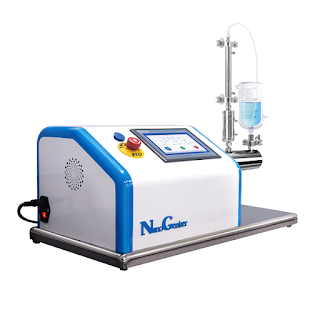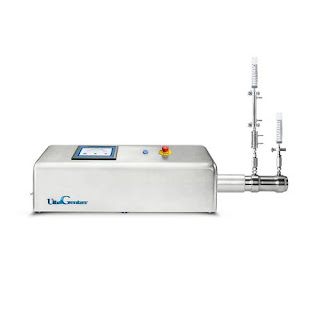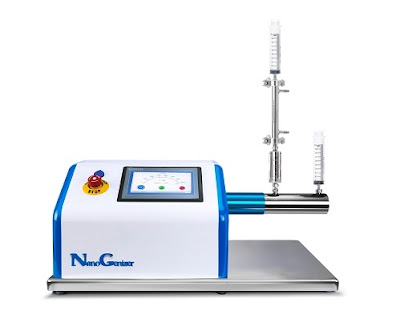Microjet NanoGenizer and Micromix MixGenizer: the next generation homogenizer for nanomaterials

Microjet technology is a method for producing nanomaterials in high-pressure fluid jets, enabling the scalable and efficient production of nanomaterials. In the vast field of manufacturing, an 'industrial mother machine' refers to equipment crucial for producing other machines or products. Nanomaterials, key raw materials for various functional products, find broad applications, and the NanoGenizer Microjet Homogenizer is one such device widely used in the preparation of nano-drug formulations and various emerging nanomaterials, making it a leading industrial mother machine for next-generation nanomaterials. High-pressure Micromix technology is an extension of M icrojet technology, where the Micromix MixGenizer High-Pressure Homogenizer generates nanomaterials by precisely controlling multiphase mixing. These two devices play fundamental and crucial roles in the production of advanced nanomaterials, holding significant importance in driving the entire field of nanotechnolog...




